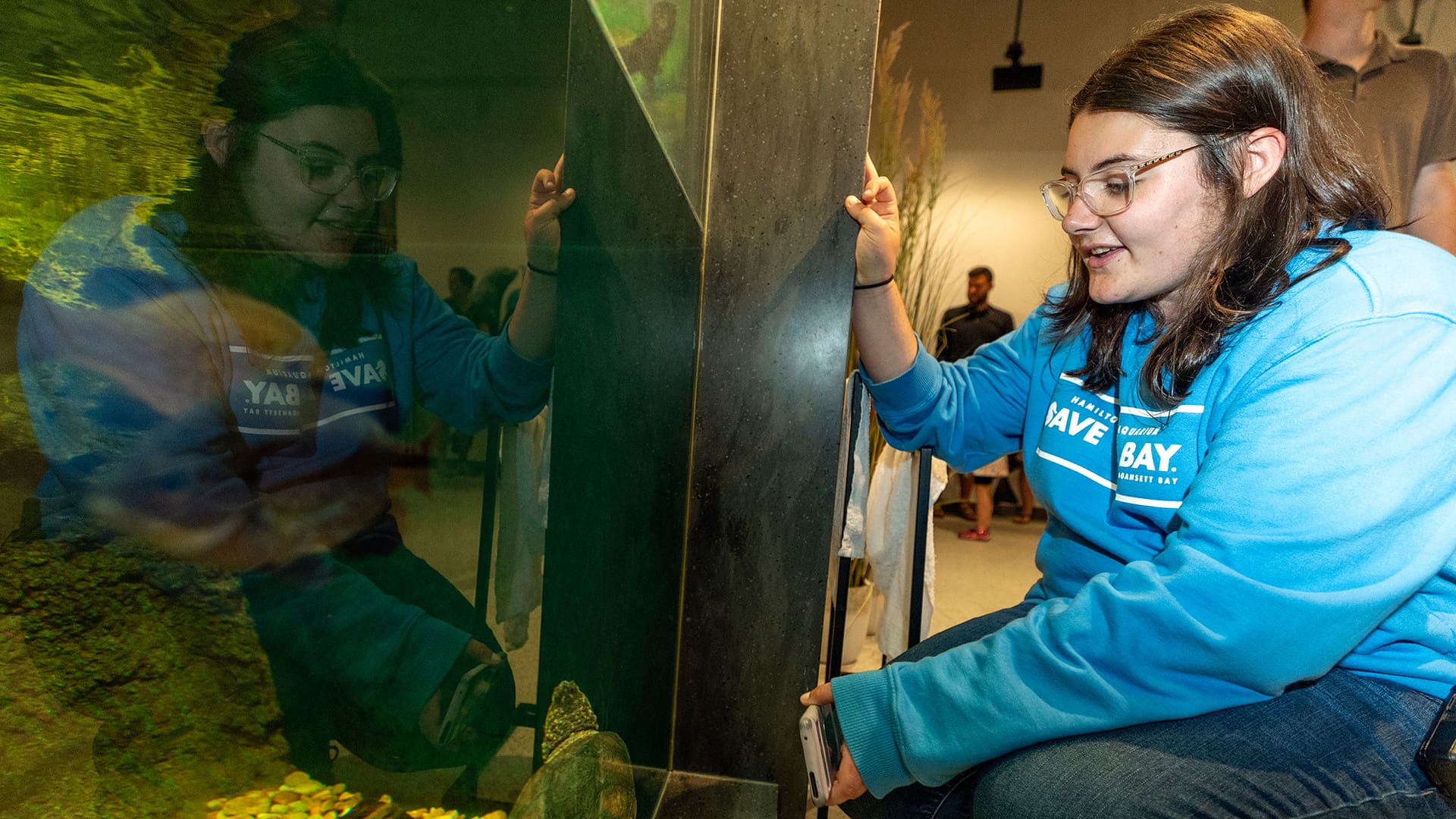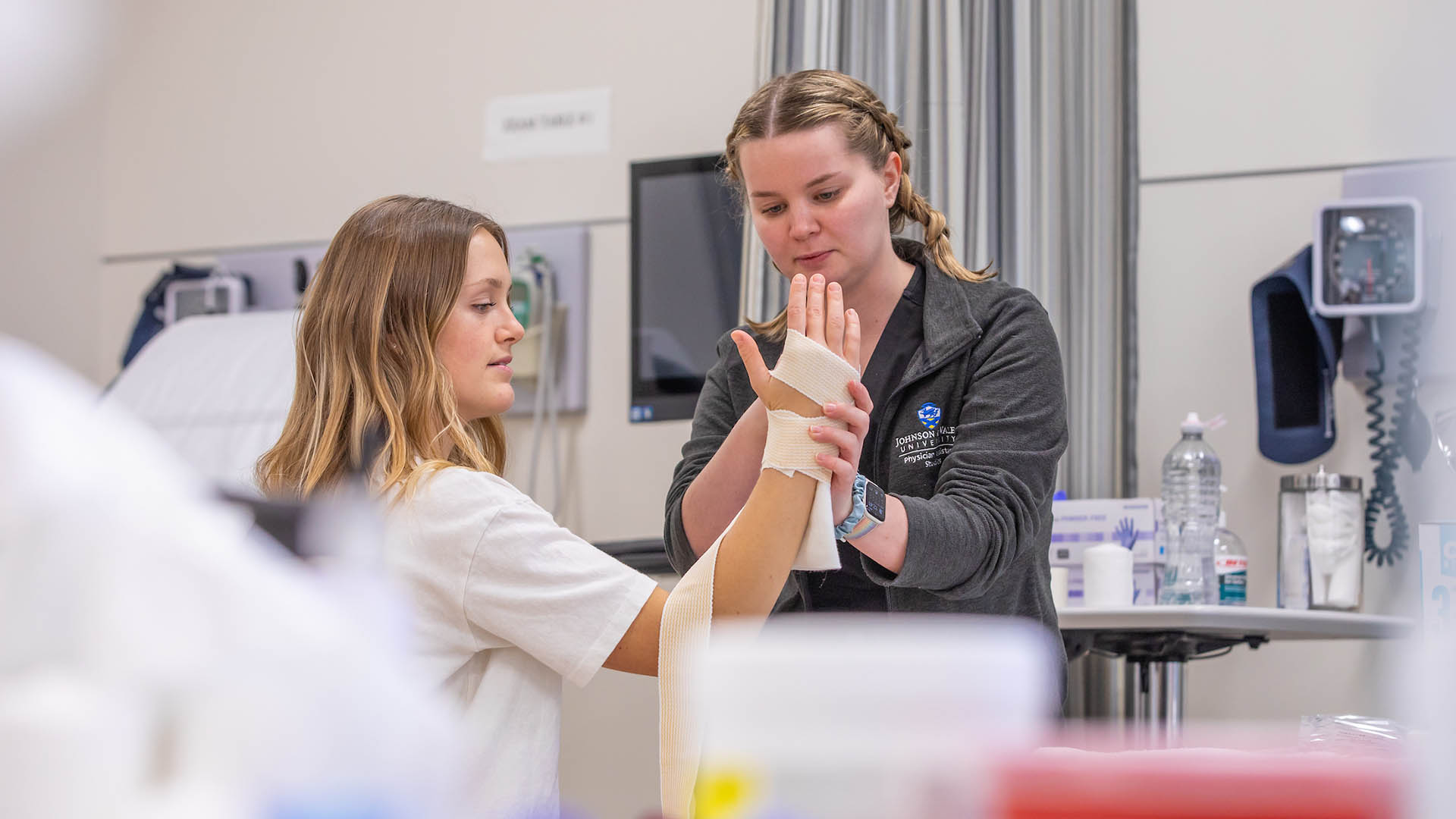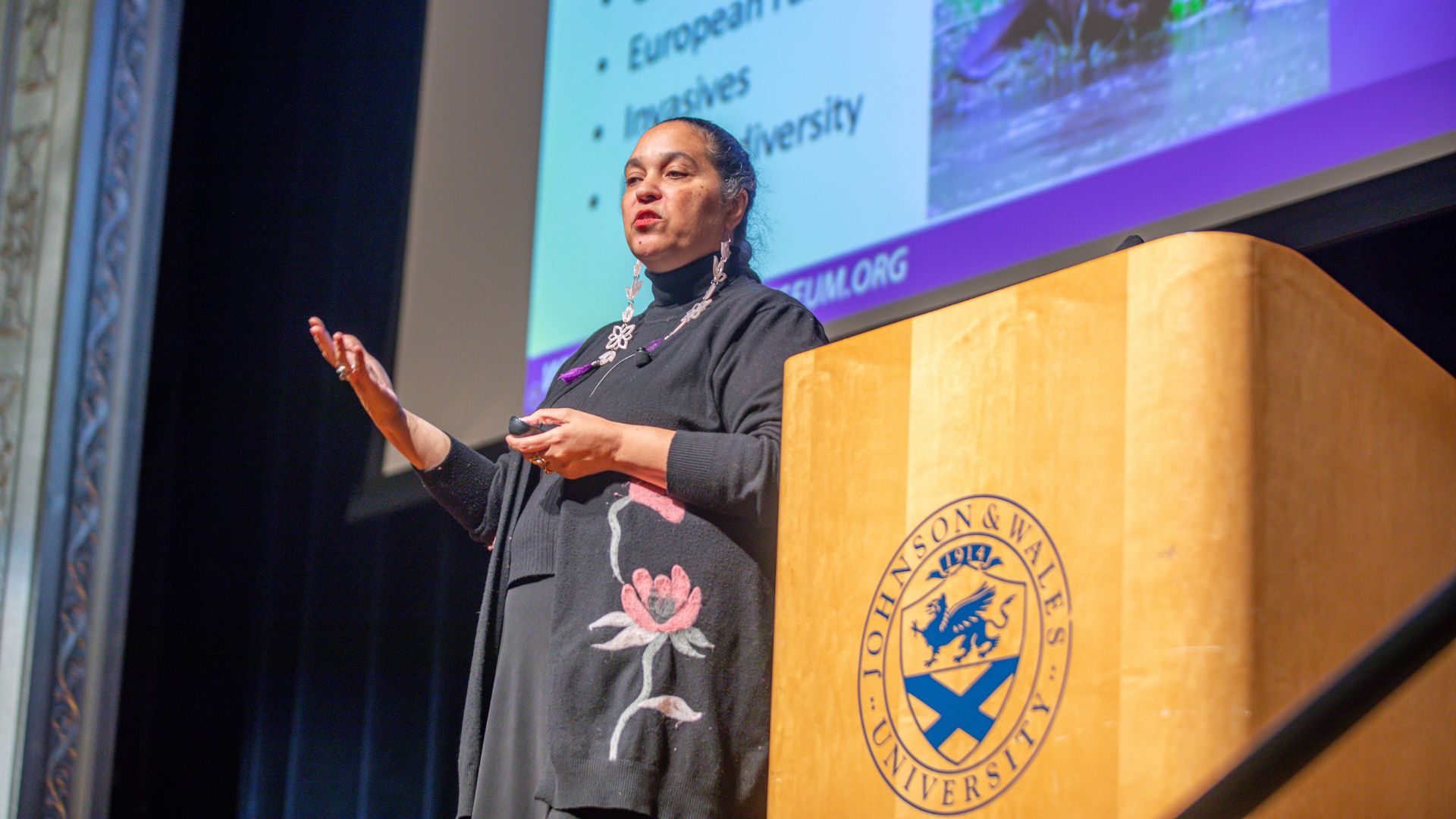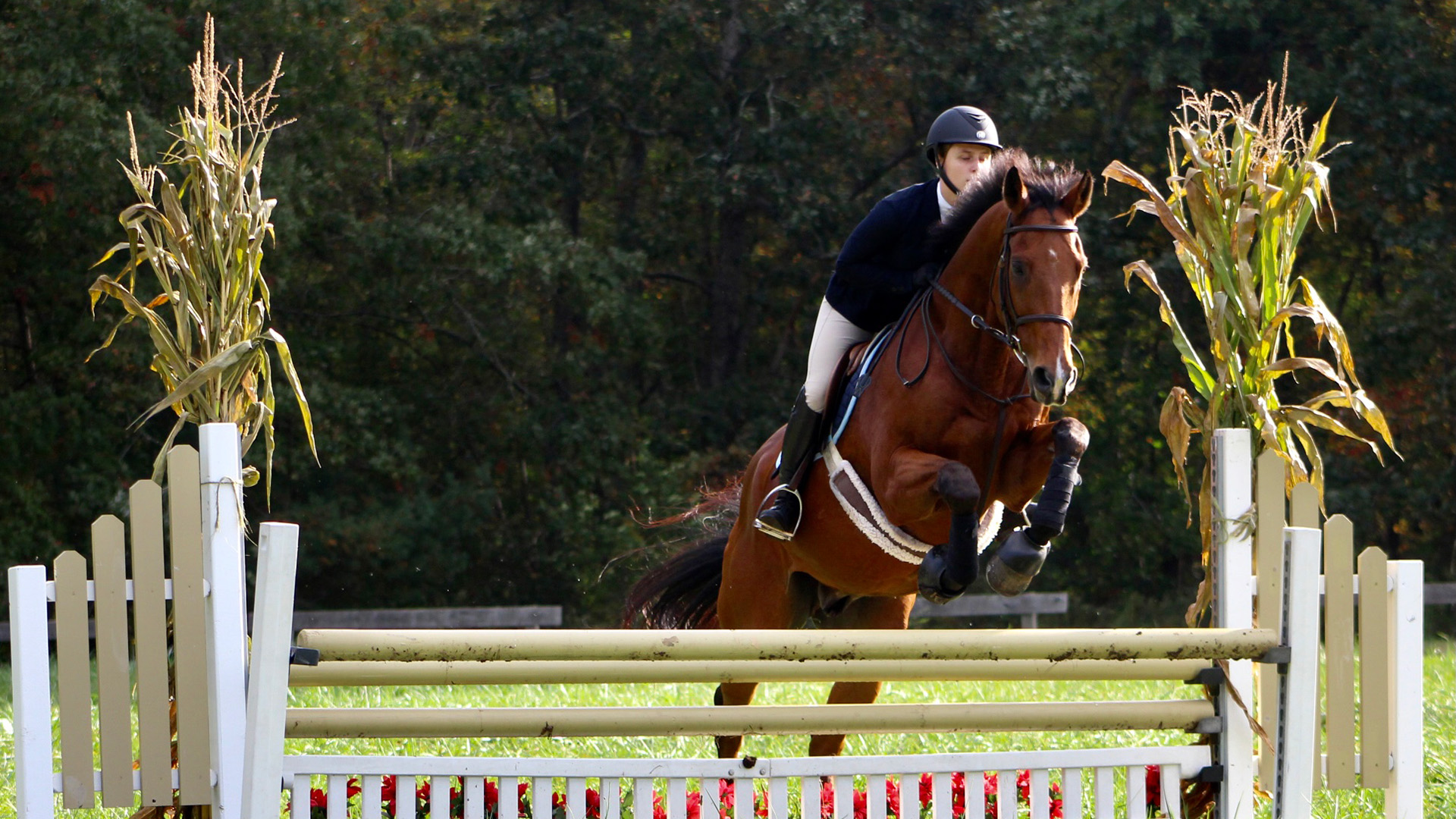First JWU Student-Designed Piece Installed in Providence
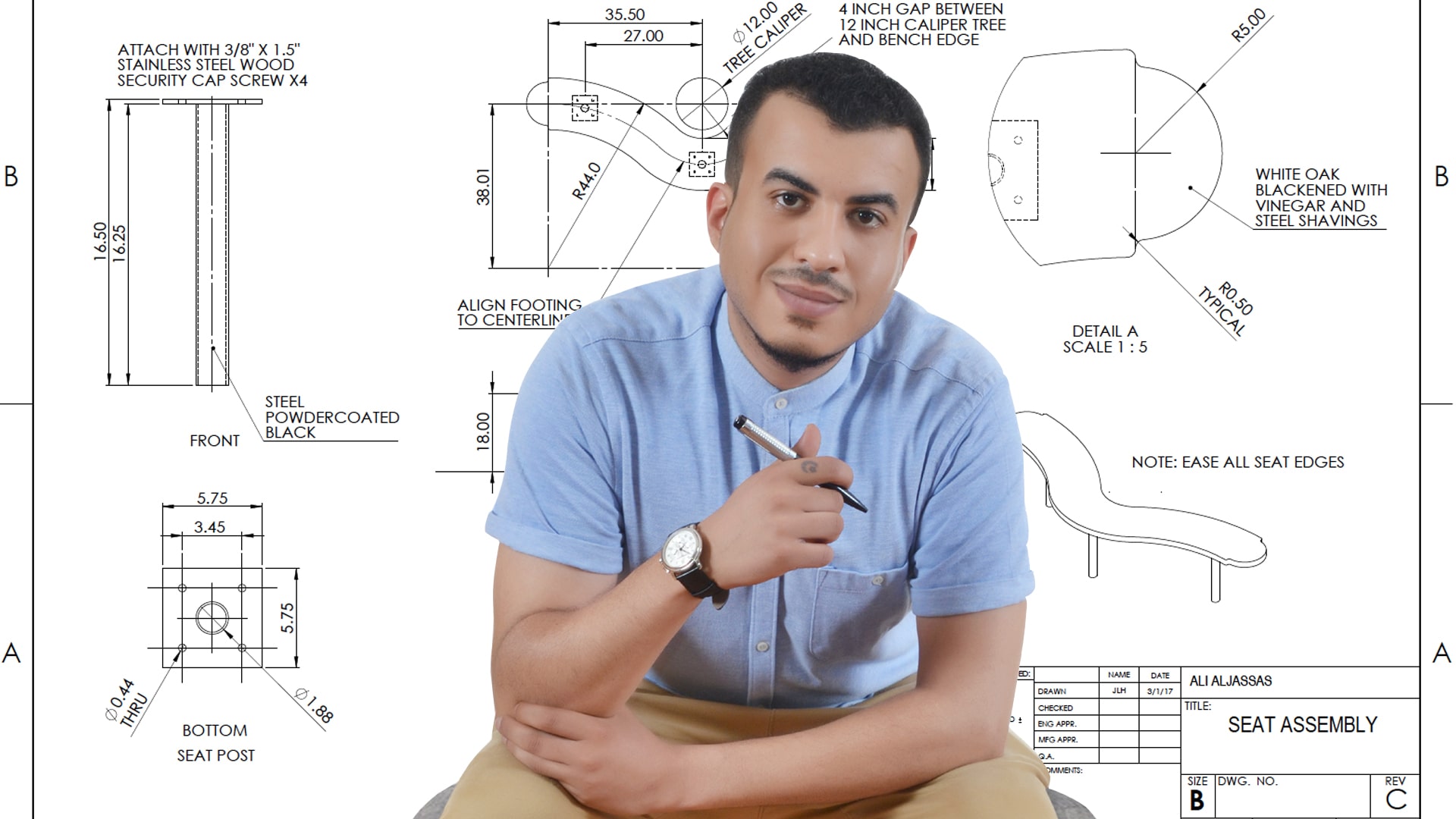
Ali Aljassas ’17 is ambitious. One of his goals in life is to fly into a city and see the buildings he’s designed staring back at him. Today he’s closer to that dream. His street benches, or Conversation Trees, are the first JWU student-designed piece to be installed in the City of Providence.
“My ultimate goal is to be part of the community in general, not only in small things but in the big things as well,” he says.
His design was selected by the Wickenden Street Area Merchants Association (WAMA) as the winning design, out of many concepts produced as part of Associate Professor Jonathan Harris’ Design II Iteration and Design Development class a year and a half ago. In total, ten wooden benches are now installed on Wickenden Street between NAVA and The Shop.
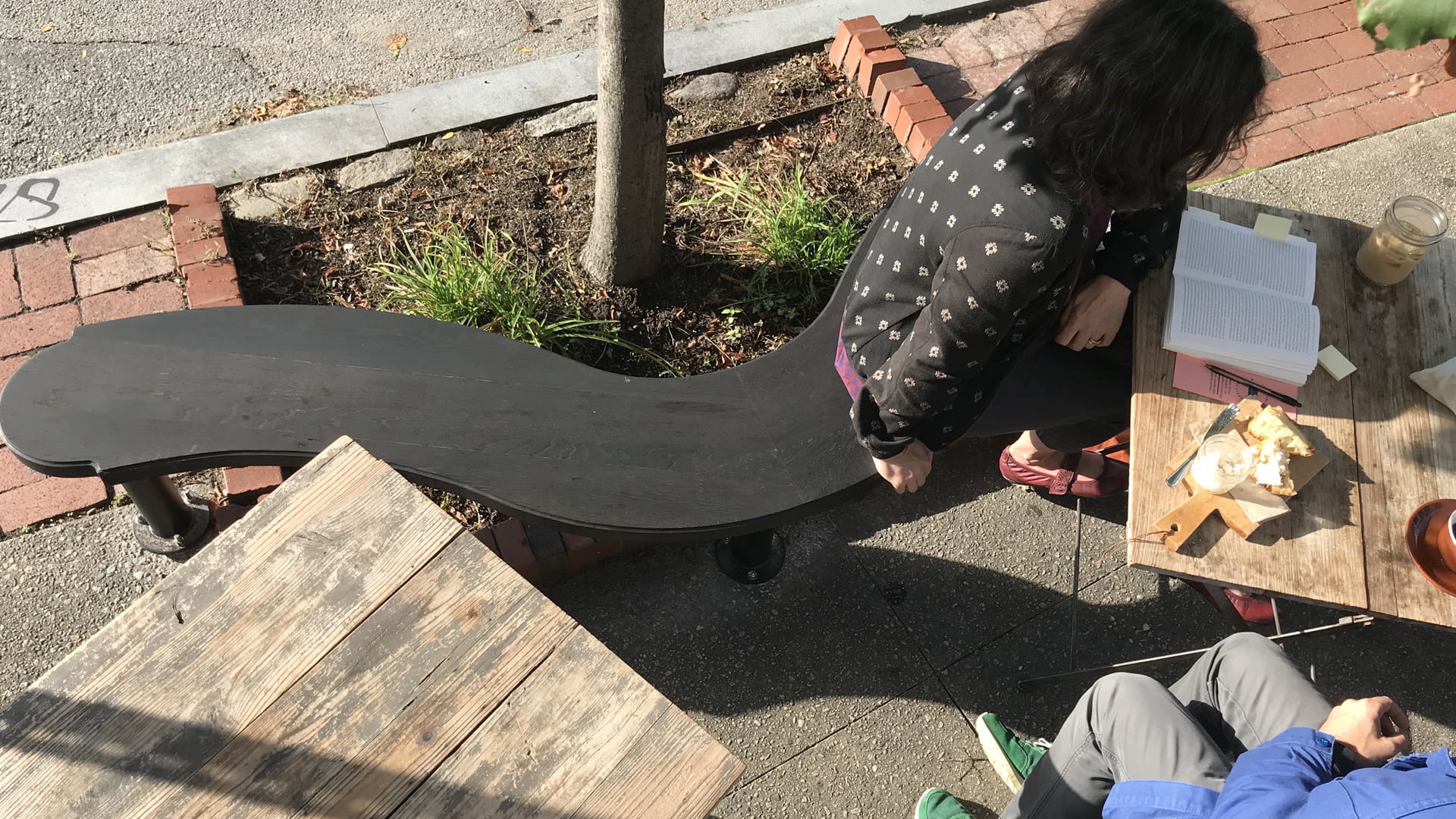
“I felt so honored and so special [to be chosen],” says Aljassas, who recently graduated with an Engineering Design & Configuration Management degree, a precursor of JWU’s new Integrated Product Design program. “I added this [experience] to my résumé right away, because I was happy that someone recognized my skills and the thought that I put into the design.”
"I was happy that someone recognized my skills."
‘No Such Thing as a Bad Idea’: Talking About the Design Process
Going into the project, Harris says the students in his class came up with three to five ideas each to meet the needs identified by WAMA.
“When we started working with WAMA, their president Vincent Scorziello, said they wanted new tree grates and a place where people could sit down and have conversations,” says Harris.
“He titled the project Conversation Trees. We studied the street, we had students that took measurements of the tree grates, others took pictures so that we could do overlays and drawings on top, and then we finally presented ideas. In our class, we must have had 20 students present their ideas. And Ali’s design won,” Harris adds.
For Aljassas, the process of conceptualizing a design is the most important, and fun, step. “In our classes we learn there’s no such thing as a bad idea. We put down an idea even if we think it’s impossible to accomplish,” he says.
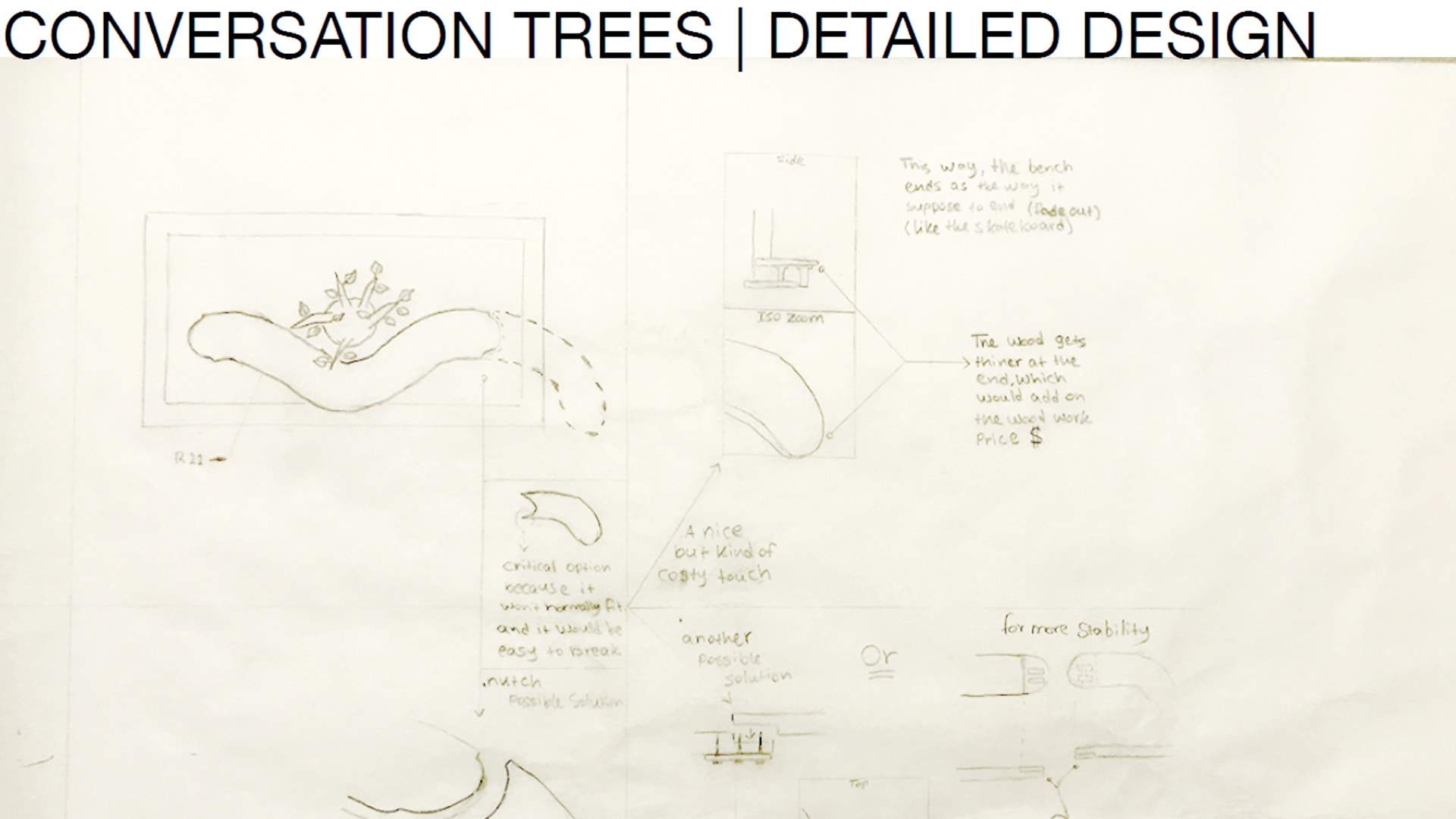
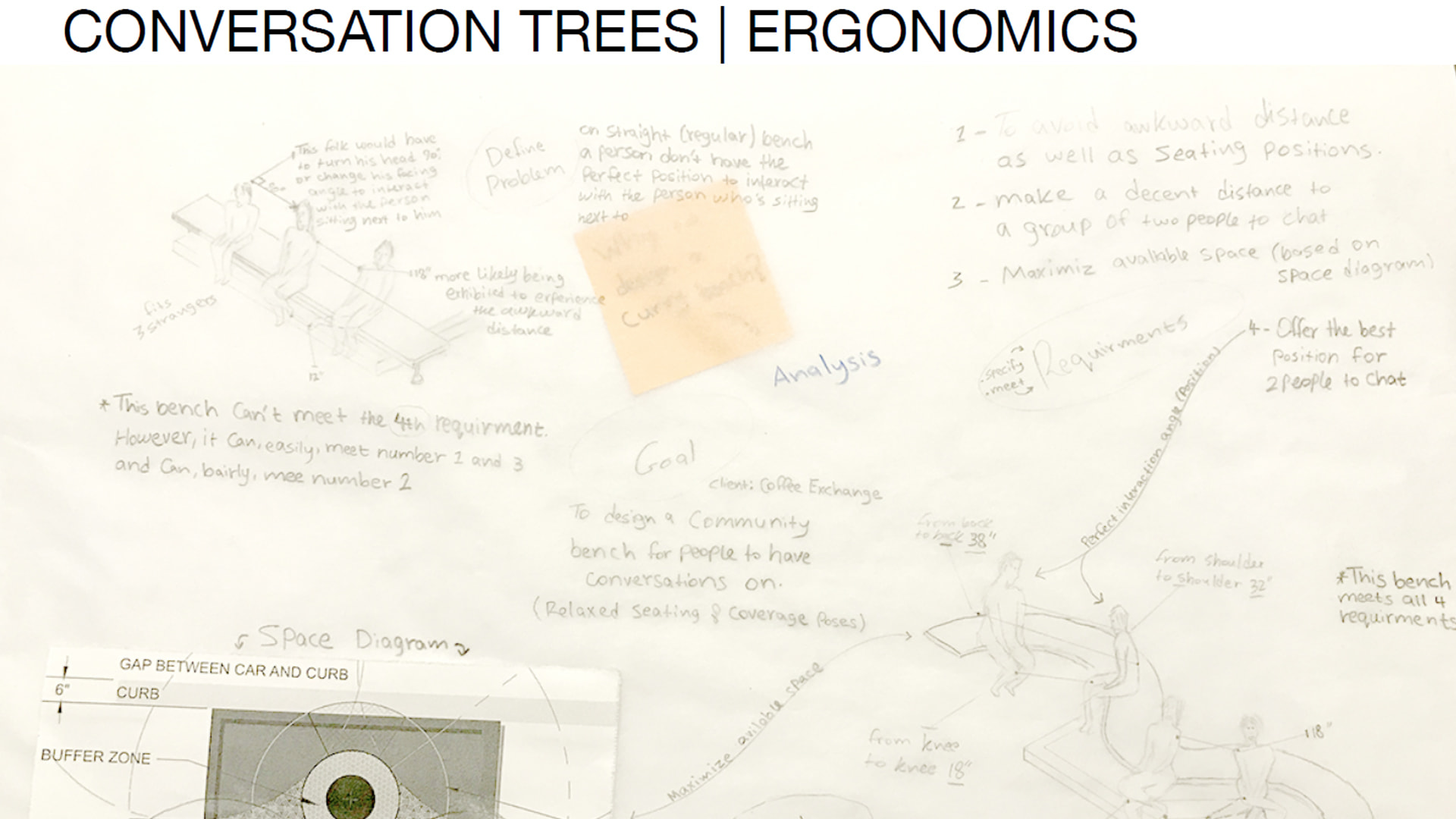
But as a designer, Aljassas adds, he always keeps the needs of the customers in sight. “That’s one of the most important things to keep in mind. ‘What is it that the customer wants the design to be?’ And ‘how does my design solve a problem?,’” he says. “Our clients wanted a positive environment where people could meet other people and where they could have conversations and start friendships. And that’s what I focused on.”
For Aljassas, the design process always starts with hand sketches. And as his ideas get refined, he moves them into SolidWorks, AutoCAD and Autodesk Revit.
"I feel so motivated to keep on designing."
Since graduating from JWU, Aljassas has returned to his native Saudi Araba, making this project all the more special. Although he wasn’t in Providence during the installation, the photos he saw of the benches blew him away.
“[The real bench] looks even better than it did on paper. Seeing it in the space is very satisfying. This is for JWU,” he says.
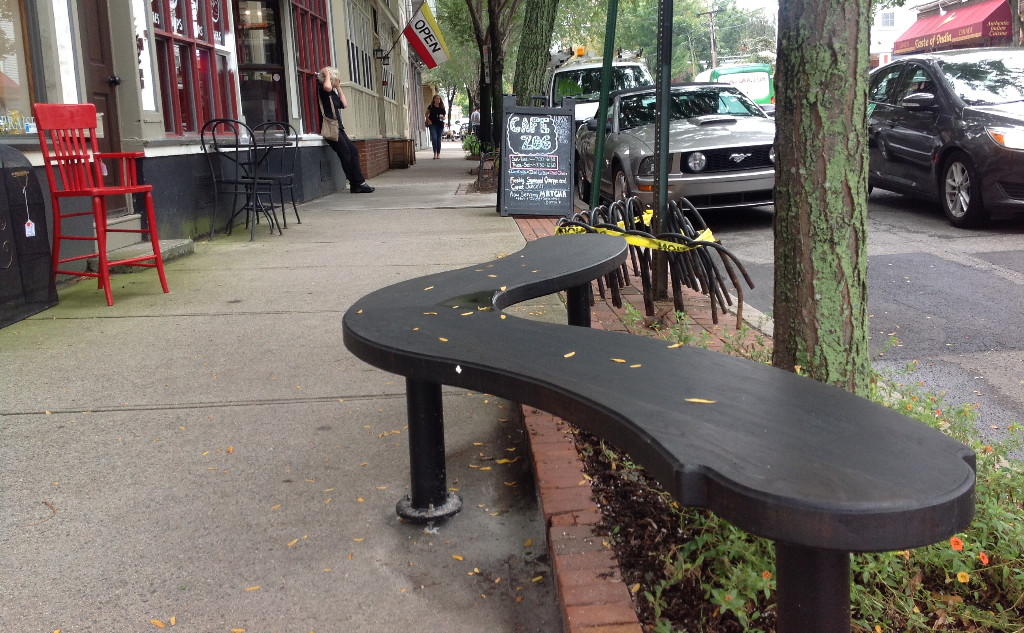
“I feel so motivated to keep on designing,” says Aljassas, adding that it feels great to have the unique opportunity to design something that’ll have a permanent place in the community. “It’s great to know I’ve designed something for Providence.”
Making an Impact in Providence One Design at Time
For Harris, it’s important for students in his classes to understand the significant impact their designs have in the community. When WAMA reached out to him, he knew he wanted his class to take on the project as a challenge.
“This kind of project gives [the College of Engineering & Design] an opportunity to showcase what the students are capable of doing,” Harris says. “We are not known as a design school yet … so for us that’s an opportunity.”
Harris adds that having a real client to design for gives the students a different perspective and projects take a different tone. “When we have an outside client, the work tends to be uplifted because it turns into a real challenge,” he says.
"It allows us to create something that connects to the neighborhood."
“[These types of projects] also give students an opportunity to help a neighborhood achieve their goals,” he says. “It allows us to create something that connects to the neighborhood, not [something] that we think should be implemented within the neighborhood [without their input],” he says. “I’m an urbanist, so for me it’s heavenly to be able to do these types of pieces and make Providence a better place for people to be in.”
According to Scorziello, the project’s goal was to foster community connections — and he’s happy with the result.
“It was really fun to meet the students and to watch their ideas develop over the course of the project. Ali’s design was pretty straightforward, but it was cool design,” he says. He noted that funding for the project came from a Community Development Block Grant secured by Councilman Seth Yurdin (Ward One). “This was a great collaboration between WAMA, Johnson & Wales and the City of Providence.”
Yurdin agrees. “This is great example of how our public and private sectors work together to make a better neighborhood for residents, strengthen Providence's unique urban fabric and support our local businesses.”
